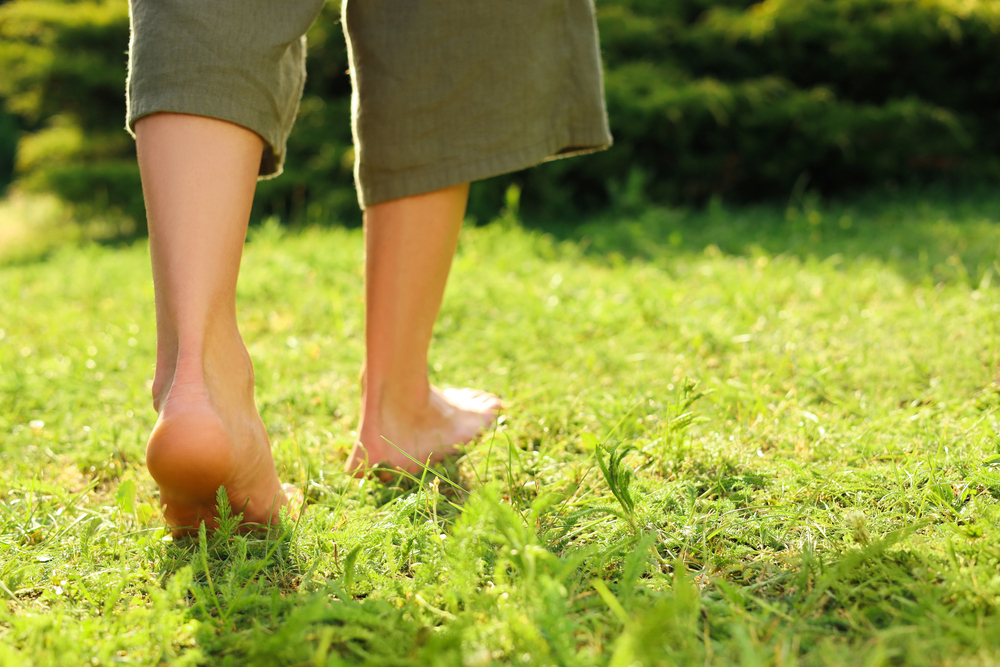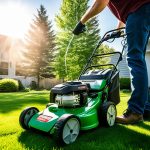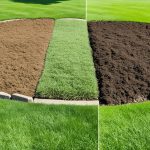Hot, dry weather can quickly turn a healthy lawn into a patchy, brittle mess. But with a few small adjustments to your routine, it’s possible to keep your grass in better shape through the hottest months of the year. These seven simple lawn care habits will help you manage the heat, conserve water, and reduce stress on your lawn without taking up your entire weekend.
1. Raise Your Mower Blades
Cutting grass too short during summer is one of the fastest ways to damage your lawn. Short blades expose the soil to more sunlight, which increases water loss and heats up the root zone. Taller grass acts as natural insulation, keeping the soil cooler and retaining more moisture. Aim to keep your grass at least 5 to 7 centimetres tall. If your mower has adjustable height settings, move the blades up a notch for summer mowing. Your lawn will thank you with stronger roots and better colour.
2. Water Before 9am
Timing makes all the difference when it comes to watering. Early morning is the best time to irrigate your lawn, ideally between 5am and 9am. Watering before the sun rises fully reduces evaporation and gives the water time to soak deep into the soil. Evening watering should be avoided, as it can leave the grass damp overnight and create conditions for fungal disease. If you’re using a sprinkler, connect it to a timer so you can water consistently without needing to be outside at dawn.
3. Leave Grass Clippings on the Lawn
When mowing, skip the catcher and let the clippings fall back onto the lawn. These short bits of grass break down quickly, returning nutrients to the soil and helping to retain moisture. This natural mulch layer protects the grass roots from heat and sunlight while reducing the need for additional fertiliser. As long as you’re mowing regularly and not removing too much of the blade at once, clippings won’t smother the lawn or cause thatch build-up.
4. Avoid Heavy Foot Traffic During Drought
Lawns under heat stress are more fragile than usual. Repeated walking or playing on dry grass can compact the soil, damage the blades, and leave lasting marks. If possible, limit activity on the lawn during the hottest and driest parts of summer. Consider using stepping stones or temporary garden paths to direct traffic away from high-wear areas. Even simple measures like moving outdoor furniture more often can help reduce permanent marks on the lawn.
5. Skip Fertiliser Until Temperatures Drop
Feeding your lawn during extreme heat can do more harm than good. Fertiliser encourages leaf growth, which increases the lawn’s demand for water. If that moisture isn’t available, the grass becomes more vulnerable to burn and disease. Many fertilisers, especially high-nitrogen blends, can also scorch grass when applied in hot conditions. Unless you’re using a specialised summer blend or seaweed tonic, it’s better to wait until late summer or early autumn to resume feeding.
6. Keep Pets Off During Hot Days
Pet traffic, particularly from dogs, can be tough on lawns at the best of times. During a heatwave, the combination of paw traffic and concentrated urine patches can leave noticeable damage. Try to keep pets off the lawn during peak daytime heat, and encourage them to use shaded or mulched areas instead. If you notice new burn patches developing, water those areas deeply to help flush out salts and reduce further stress.
7. Use a Sprinkler Timer to Prevent Overwatering
Overwatering can be just as damaging as drought, especially in hot weather when soil fungi thrive. A sprinkler timer helps deliver the right amount of water consistently, without waste. Look for a timer that allows you to set early morning cycles a few days a week. You can also combine it with a moisture sensor to avoid watering when the lawn doesn’t need it. Automated watering not only saves time, but also reduces guesswork and improves your lawn’s resilience.
By following these seven habits, you’ll reduce the strain on your lawn through summer and help maintain a healthier, greener appearance even when the heat is relentless. Most of these adjustments require little effort but can make a noticeable difference in how your lawn performs under pressure.





